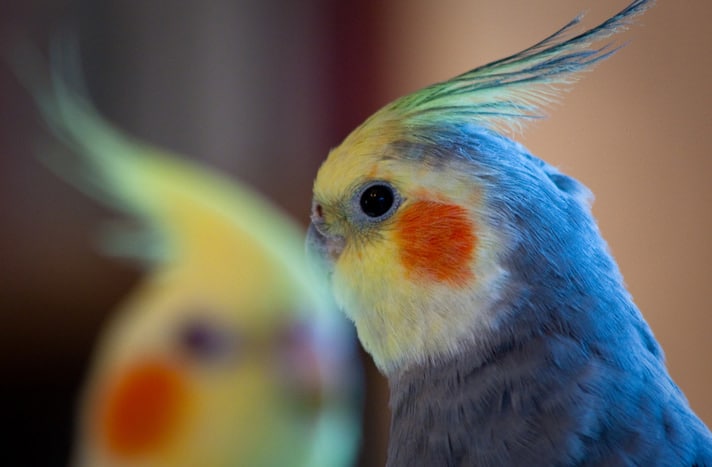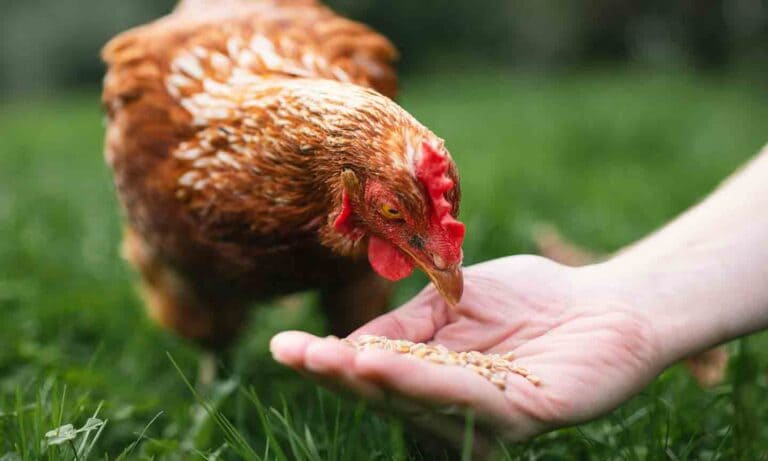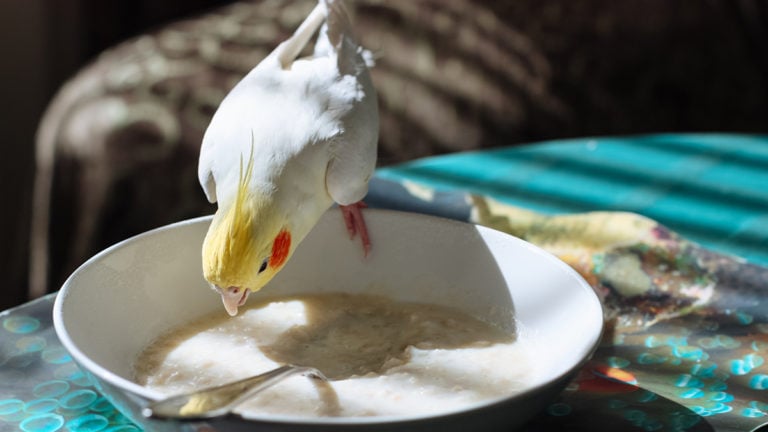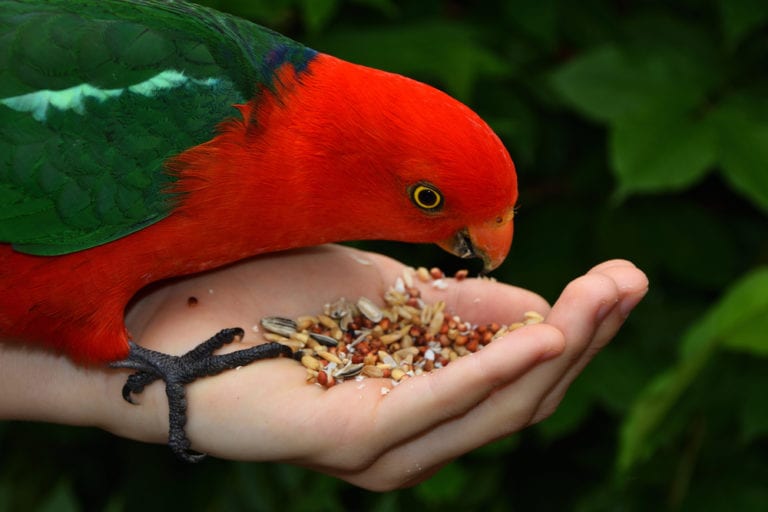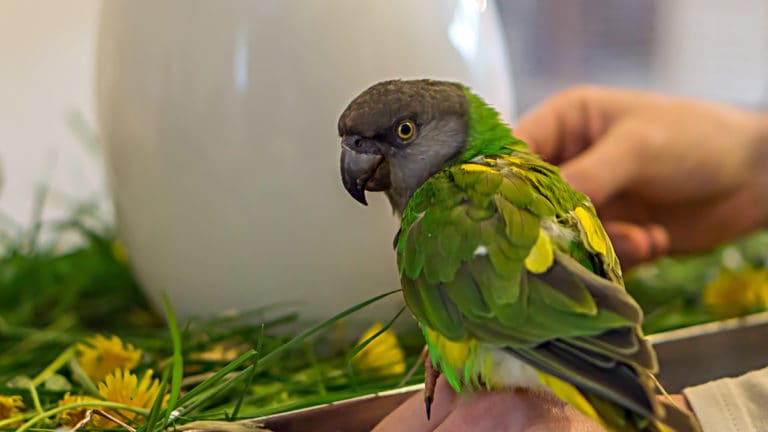Knowing your pet bird’s gender can tell you more about your bird than simply what to name it.
For a lot of pet bird owners, when they first set eyes on “the one,” the name comes quickly and effortlessly. You know that no other name will do but “Freddie” for your pet bird. And for a year, Freddie goes about his life as the feathered little man of the house.
Then one morning, you notice that Freddie has started constructing a pile of feathers, papers and other items in a corner of the cage, and is weaving feathers in and out of bars and bird toys. Not only that, but he is dead set on not letting anyone get near his cage, even you! A few days later, you finally manage to coax Freddie out from his cage and pile of papers. Then, you see it: a little egg.
Now that Freddie is confirmed a she, you have your “Duh!” moment and have retrospect flashback: she had some really large, odorous droppings and her posture has been a little different lately. Had you known Freddie was a hen/female, you would have given her extra calcium; after all, you had read that hens especially need a calcium source because laying an egg depletes the body of this vital mineral.
You also might have removed her nesting materials so she wouldn’t lay another egg not long after you removed the first one. “Freddie” is officially changed to “Freda.”
Why Gender Matters In Pet Birds
A pet bird owner needs to know their pet bird’s gender so he or she can be prepared for the eventual changes their pet bird will go through as it matures. Male and female parrots have largely different roles in the wild, so they will start acting differently as they grow up.
Nutritional needs differ between males and females during breeding season. A female will need extra calcium to help form an egg and help lay eggs. Calcium has other roles in the body, too, so your male pet bird will need it just as much.
“Egg laying can be a significant drain on a female bird’s system, depleting her of protein and calcium,” says Byron J.S. de la Navarre, DVM at the Animal House of Chicago. “If their nutrition isn’t ideal, the shells can become soft and the bird’s muscles can weaken.”
Females have the desire to nest and males want to find a mate. You might notice your female trying to find a dark hole to nest in, while your male starts whistling and chattering up a storm.
Knowing your pet bird’s gender is also useful for the veterinarian. If you bring in a pet bird that exhibits signs of swelling in the abdomen, fluffed-up feathers, sitting in the corner of the cage and weakness, your vet might say your pet bird is egg-bound. But what if your pet bird is a male? The diagnosis changes dramatically.
So How Can You Tell Fred from Freda?
Because most male and female pet birds look so similar, it’s hard to visually tell the difference, de la Navarre says. Some species of parrots, for example, have different colors depending on their sex, but overall, the majority of male and female parrots look the same. Male and female cockatoos have different eye colors and female cockatiels have a marking on their tails that males lack, but even these differences can be difficult to spot. To know your bird’s sex for certain, ask your vet.
“Veterinarians have the ability to test DNA which requires blood or a blood feather,” de la Navarre says. “Surgical sexting can also be done to look for gonads or ovaries, but that requires anesthesia, so this procedure is not something to be taken lightly.”
Hormonal Pet Birds
Much like a teenager, a hormonal pet bird can be quite moody. They can suddenly be aggressive, possessive of a certain person in the household and louder than normal. There are signs to look for to tell when your pet bird is starting to get hormonal. Knowing your pet bird’s breeding season means you’ll know when to expect certain behaviors.
To prevent certain or lessen certain hormonal behaviors, the first thing you can do is decrease the amount of light your pet bird gets. (More light and longer days tell your pet bird spring and summer are coming, which are times when food is abundant and perfect for raising chicks.) Stop your pet bird from seeking a nest or building one. For an aggressive pet bird, refocus its energy by providing more toys that it can destroy. Talk to a pet bird breeder or avian consultant for more tips on how to work with your pet bird during breeding season.
Knowing your pet bird’s gender can help you predict certain hormonal behaviors, as well as health issues that can arise. Finding out your pet bird’s gender is easy and well worth the investment.
Chris Brownlow contributed to this report.
Featured Image: Via alakulo/Flickr
Share:
